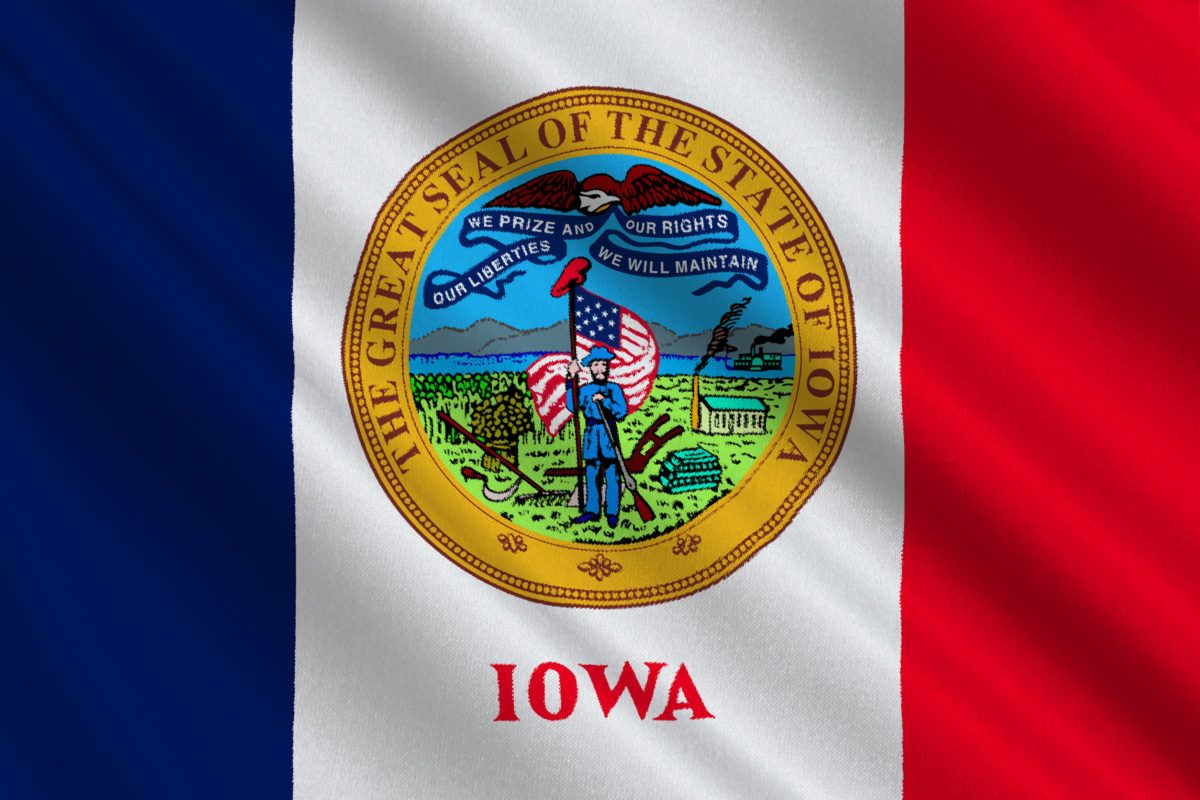Because of the rapidly evolving legal and regulatory environment at the federal and state levels, barriers to entry play a huge factor in the cannabis industry.
Regulations can control the number and size of cultivation operations, limit the number of retail outlets, control where firms can or can’t operate and decree how vertically integrated a firm can or must be.
High barriers to entry can lead to lower competitive conflict, less competitor entry and exit from the sector, pricing power, higher profit margins, lower ongoing capital-expenditure requirements and myriad other factors that are key to defining the risk and opportunity of an investment.
Conversely, low barriers to entry typically lead to the opposite of the conditions listed above.
As investors, we first need to know if barriers to entry exist.
More importantly, we want to know what they’re derived from. We want to assess their strength. We want to estimate if they will persist. And if they won’t persist, when might they end?
Barriers to entry commonly derive from conditions such as:
- Patents.
- Intellectual property.
- Legal or regulatory conditions.
- Unique location.
- Supply constraints.
- High start-up costs.
- Exclusive contacts.
- Economies of scale.
- High switching costs.
When one analyzes cannabis companies that have barriers to entry, it is imperative to clarify the source of the barriers to determine the importance (strength, sustainability, etc.) to the future performance of the company.
Don’t assume the barriers, and their benefits, will last indefinitely.
Patents expire ($10-a-pill pharmaceuticals can drop to $1 upon patent expiration). Competitor inventions can make current IP obsolete (smartphones obsoleted the Blackberry).
Supply constraints can disappear (the fracking revolution broke OPEC’s near monopoly on supply). Prohibitive startup costs can disappear (Amazon web services massively reduced start up IT costs).
The list goes on, but the point is clear. Investors beware. Identify barriers to entry and realistically assess their strength and sustainability.
There are two ways you can accomplish this:
- First, research state and local laws in the areas where your target company operates. Communicate with senior management or investor relations to ask about patents, intellectual property, start-up costs, contracts, etc.
- Second, keep an eye on Investor Intelligence and benefit from our detailed, fundamental analyses of cannabis sectors and subsectors, individual companies and the regions in which they operate.
As part of our expanded product, we will analyze and report on scores of additional business model characteristics such as:
- Demand growth, demographic trends and market share.
- Pricing power of products or services.
- Revenue diversification (geography, products, customers, etc.).
- Capital requirements (PP&E, working capital).
- Regulatory environment (current and potential changes).
Our goal is to provide you with valuable insight that will help you identify investment opportunities in the cannabis industry and how to capitalize on them.
Craig Behnke can be reached at craigb@mjbizdaily.com




